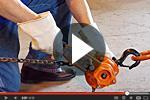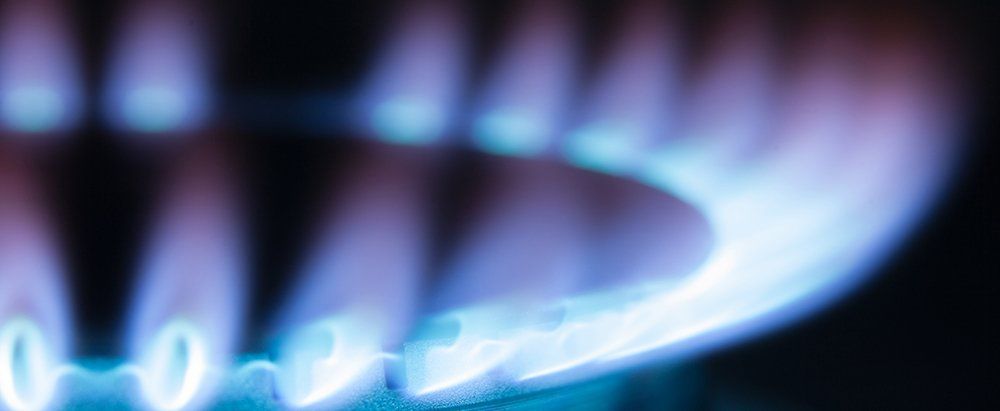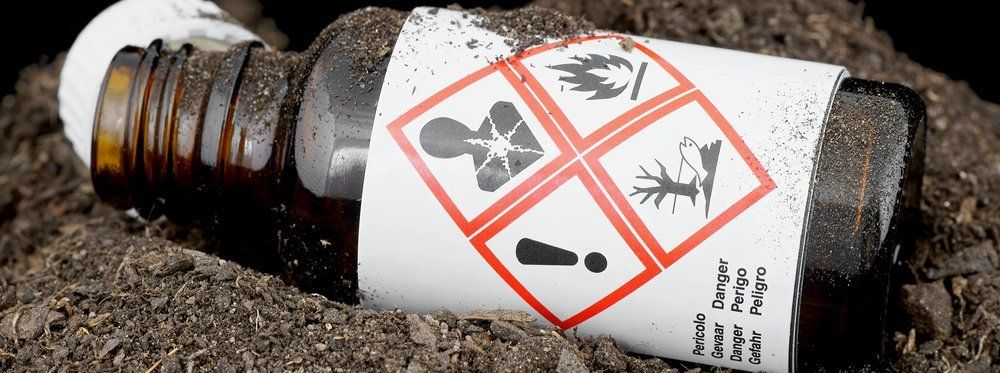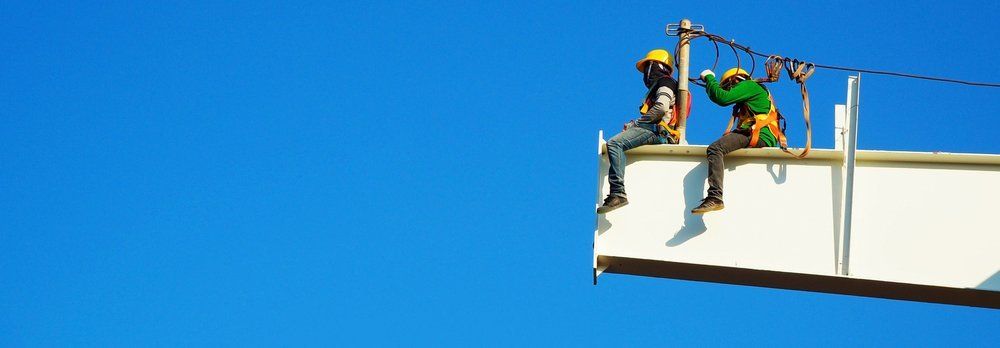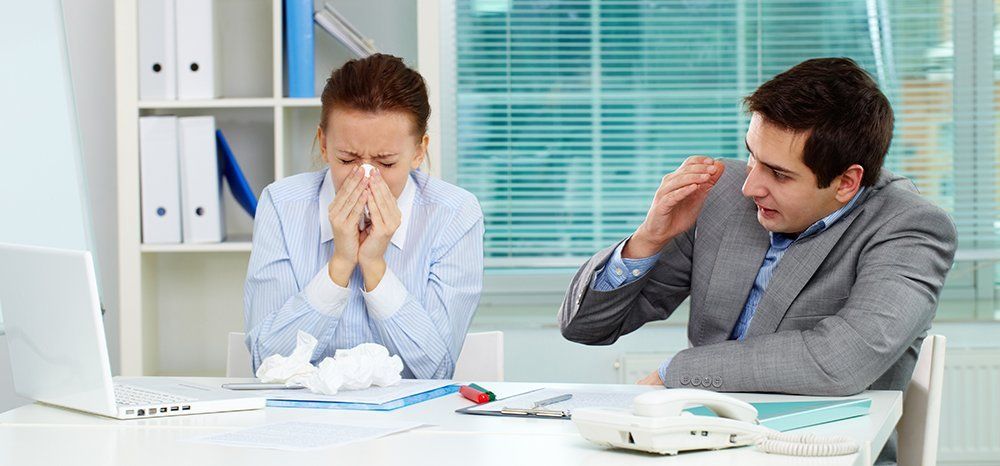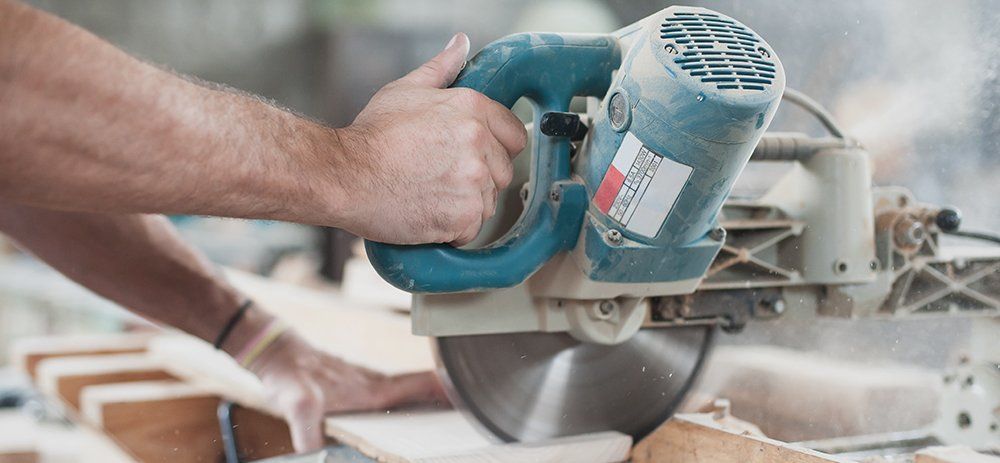Pilot Light Safety

According to the American Gas Association (AGA), more than 60 million customers use natural gas in homes and businesses in the United States. Current estimates indicate that natural gas provides about 24 percent of all the energy that is used across the nation.
Along with the AGA, DTE Energy describes natural gas as one of the safest energy sources available to homeowners and businesses alike for these reasons:
- Natural gas will not ignite by itself. For ignition to occur, a mixture of gas between 4 and 14 percent must combine with air. Also, gas must have an ignition source with a temperature of 1,100 degrees Fahrenheit or more before it will ignite.
- Natural gas is lighter than air, so it usually will safely rise and disperse into the air if it is allowed to vent freely.
- While natural gas is odorless, colorless and tasteless, it is combined with a chemical called mercaptan to help you detect even the smallest amount of gas leaking into the air. The odor of mercaptan is similar to rotten eggs.
But, even with this in mind, it is very important to understand natural gas and to be aware of safety tips concerning its use. Most accidents occur because of lack of knowledge that leads to unsafe equipment/appliances and work practices, not because natural gas itself is unsafe.
So, let’s focus on gas pilot lights and some important safety tips.
As many know, a pilot light is a small flame that is kept alight constantly in order to serve as an ignition source for a gas burner. They are used on many gas appliances, such as water heaters, clothes dryers, central heating systems, fireplaces and stoves. When the appliance is turned on, a valve releases more gas, which is ignited by the pilot light.
A pilot light may need to be re-lit from time to time after being extinguished on purpose or by accident. If it is accidentally extinguished, there exists a danger that the gas used to keep the flame lit will continue to vent, possibly into the living space. If this leak continues, its concentration may reach a point where a spark – such as that from a cigarette lighter, static electricity, or even the pilot light itself as it is re-lit – will cause a fire or even an explosion.
Numerous injuries have been reported when people have tried to re-light a pilot light after the appliance’s malfunctioning sensor failed to stop the flow of gas into the room. For example, thermocouples are degraded by continued exposure to the pilot light’s flame, which increases their electrical resistance and reduces their effectiveness as flame sensors.
These important safety tips can be followed in both our workplaces and homes:
- If the pilot light of an appliance goes out, turn off the gas at the appliance for several minutes before attempting to re-light it. Instructions should be attached to the appliance.
- Pilot lights and main burners on gas appliances should always produce a blue flame. If the flame is yellow or red, service is required as soon as possible.
- Use a gas appliance only for its intended purpose. An oven, for example, should not be used to heat a room.
- Never store or use flammable liquids (e.g., gasoline, paint, paint thinner, cleaning fluids, aerosols, etc.) in the same room with any gas appliance, or near a flue outlet.
- Never store combustibles near an appliance with a pilot light or open flame.
- Always follow the manufacturer's instructions for the installation and operation of each appliance.
- Have qualified service personnel install and maintain all gas appliances. Periodic testing and replacement of devices such as thermocouples will mitigate the hazards posed by pilot light-equipped appliances.
- Lastly, be aware of the danger from insecticide “bug bombs” and foggers. A number of residences and businesses are destroyed every year when a pilot light ignites the explosive gasses released from these devices:
- A fire erupted at an Ohio residence after a man placed a roach fumigator under his kitchen sink and the fumes reached his oven’s pilot light.
- A residence in San Diego was filled with so much gas from 19 foggers that the pilot light destroyed the home and launched shrapnel into the street.
- A Thai restaurant in Australia released 36 foggers creating enough gas to blow the roof off the building in a massive explosion that hospitalized three men and caused $500,000 in damages when an oven's pilot light ignited the gas released from the foggers.
Sources:
- American Gas Association (AGA) at www.aga.org ;
- DTE Energy at www2.dteenergy.com
- International Association of Certified Home Inspectors at www.nachi.org/pilot-lights.htm
